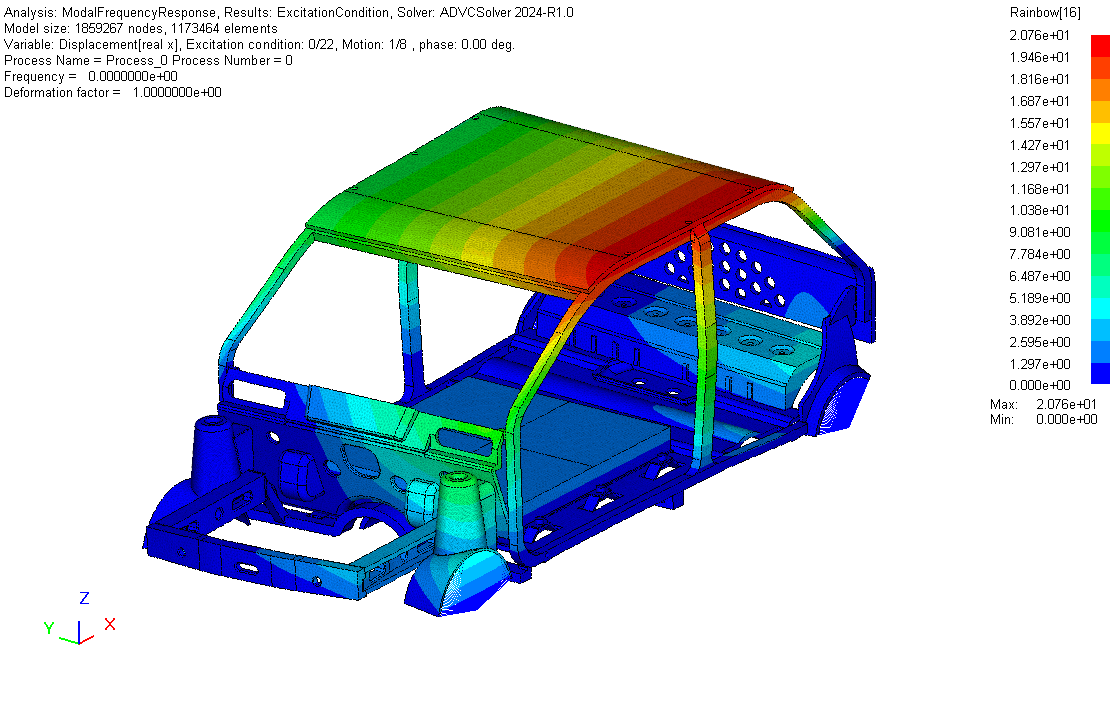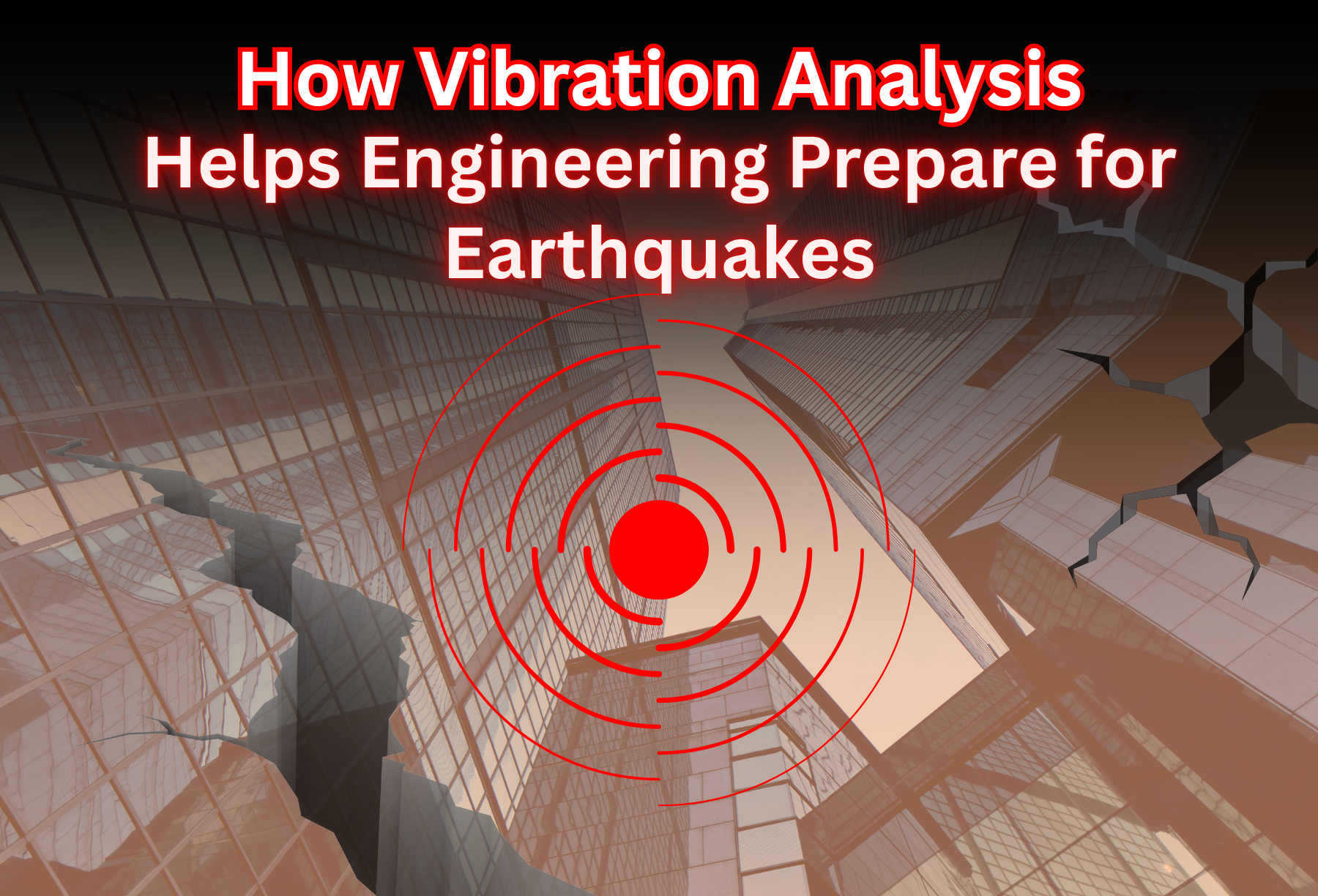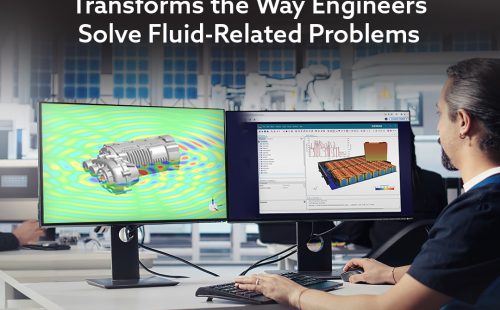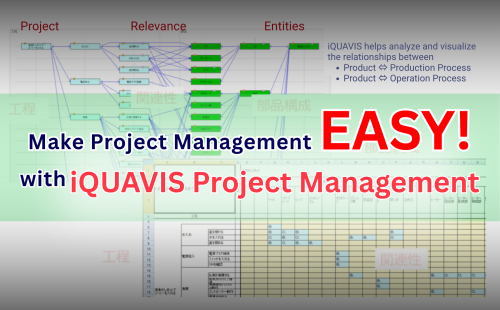Why Earthquake-proof Building Design Matters
Every time an earthquake strikes, it reminds us of the devastating losses—of lives, property, and crucial infrastructure essential to daily life. These events not only reflect the overwhelming power of nature beyond human control but also emphasize the importance of preparedness and the need to design systems capable of effectively withstanding such disasters.
For this reason, the design of earthquake-proof buildings is a critical aspect of minimizing damage and enhancing the safety of people living in high-risk areas.
This article will explore the nature of seismic forces that impact building structures and discuss effective strategies for designing constructions that can withstand these forces efficiently.
“When Vibrations Originate from the Foundation”
Generally, vibrations can occur due to external forces or direct excitation, such as tapping, impact, or machinery-induced motion. However, in the case of an earthquake, the vibration originates from the movement of the base. This behavior is referred to base excitation, and it is a key concept in the vibration analysis of structures.
When an earthquake occurs, it generates seismic waves that travel both through the Earth’s interior and along its surface. If these waves reach the foundation of a building or structure, they act as a form of horizontal excitation on the system.
Typically, buildings are designed to withstand vertical forces—primarily those caused by the weight of the structure itself. However, seismic waves generate lateral or horizontal forces, which many structures are not specifically designed to resist. This mismatch can lead to damage ranging from minor cracks to complete structural collapse due to the intense and sudden horizontal loads.
So, how can vibration analysis help reduce structural damage?
When a structure or engineering system is subjected to vibrations originating from the base, understanding and analyzing this behavior is essential to minimizing their impact :
Damping – Way to absorb vibration energy
Damping refers to the process by which vibrational energy is absorbed or dissipated through opposing forces within a system. Without adequate damping, a structure may continue to vibrate, and if those vibrations align with the system’s natural frequency (a phenomenon known as resonance), the resulting damage can be catastrophic.
A notable example is the pendulum tower concept, often used in skyscrapers. This involves a massive pendulum suspended inside the building, which swings in the opposite direction of the earthquake-induced motion, effectively reducing the building’s overall sway.

For instance, the Taipei 101 tower is equipped with a 660-ton damper located 1,000 feet above ground. This system can reduce vibrations by over 40% during seismic activity.
Vibration Isolation – Another Key Strategy
Aside from damping, another technique used to minimize earthquake damage is vibration isolation.
Buildings with fixed foundations are directly affected by ground movement. When seismic forces travel from the earth into the structure, the building does not immediately move with the ground but instead resists motion due to inertia. This resistance causes structural deformation, and if the deformation exceeds the building’s design threshold, it can lead to structural failure.
Damage typically begins at the lowest levels where the foundation connects to the structure. This occurs because most of the building’s mass is above, and the resulting inertial forces are concentrated downward. If the base is not properly designed, collapse is most likely to begin there.

https://www.thk.com/sg/en/journal/products/article-19072023-1.html
One innovative example is the Shinwa Real Estate company in Japan, whose earthquake-resistant design can handle up to 9.0 magnitude earthquakes with minimal building sway.
Vibration Isn’t Just About Earthquakes
Vibration analysis is a crucial element in engineering and extends far beyond structural safety. It plays a vital role in areas such as automotive design, machinery, and even consumer electronics. Uncontrolled vibrations can cause discomfort, mechanical failure, or serious accidents. Understanding the behavior of vibrations—and designing systems to manage or isolate them—is fundamental to developing safe, reliable, and sustainable technologies.
Advanced Engineering Tools for Vibration Analysis
To perform effective structural analysis and simulation, engineers often turn to powerful, accurate tools. One such widely trusted solution in Japan is ADVENTURECluster—a high-speed, large-scale Finite Element Analysis (FEA) platform developed for structural simulations.
By combining deep knowledge of vibration with advanced simulation tools like ADVENTURECluster, engineers can design safe, sustainable, and future-ready structures that meet the demands of modern engineering challenges.

Special Thanks
We would like to thank SCSK Corporation for providing the EV vibration simulation model used in automotive development.
Dentsu Soken Thailand is here to help. Contact us to explore how vibration analysis can support your projects:
📞 Tel: +66 (2) 632-9112
📧 Email: sales_th@th.dentsusoken.com
🌐 Website: www.th.dentsusoken.com
🟢 Line Official: https://bit.ly/DentsuSokenThailand-Line
🔵 Facebook: www.facebook.com/dentsu.soken.thailand
🔵 LinkedIn: www.linkedin.com/company/dentsu-soken-thailand-limited
🔴 YouTube: www.youtube.com/@Dentsu-Soken-Thailand
👨🏻💻 Written and Analyzed by:
Nithikit Thanateerarangsan
Manufacturing Dept. Team Leader
Expert and certified CAE solution trainer with experience in UAV aerodynamic simulation (CFD), portable credit card mechanism analysis, heat-related failure analysis of outdoor AC units, pressure loss analysis in air ducts, and more.
Connect Author’s LinkedIn : www.linkedin.com/in/nithikitt






